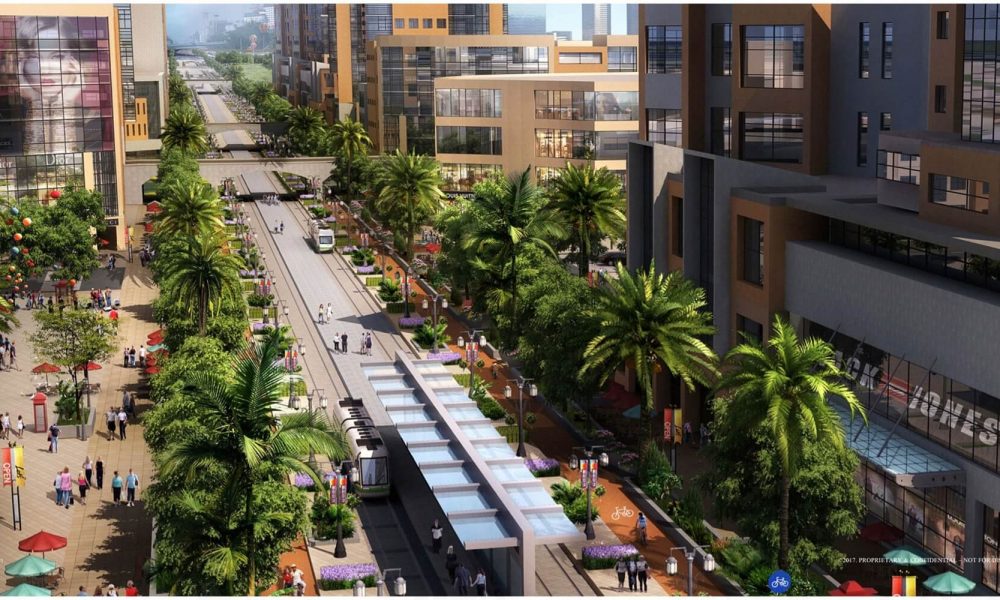
This Is How The World’s Biggest Cities Can Become More Sustainable Without Breaking the Budget

Pollution is the biggest problem for mankind right now, and some of the world’s biggest cities are facing the brunt. Excellent city governance is usually marked by bold environmental objectives. Cities across the United States are spending a great amount of money to combat climate change and come up with clean energy plans, sustainability road maps, and more.
Making a plan for environmental change is easy, but disbursing the money for the execution with limited resources is the real challenge. However, executing environmental plans does not have to be an expensive one. Small but effective steps taken by the city authorities can put things on the right track. Here’s how the world’s biggest cities can become more sustainable without breaking the budget.
Finding Ways to Retrofit Administrative and Old Buildings
 Authorities can find ways to retrofit the buildings that belong to the municipal bodies. If they can replace heating, lighting, and HVAC systems of these administrative buildings, it can save a considerable amount of energy. Renovating the entire building or even insulating it would lead to desirable results.
Authorities can find ways to retrofit the buildings that belong to the municipal bodies. If they can replace heating, lighting, and HVAC systems of these administrative buildings, it can save a considerable amount of energy. Renovating the entire building or even insulating it would lead to desirable results.
The launch of a building energy efficiency program in Chicago in 2012 marked the beginning of this initiative. In the year 2018, retrofitting of around 75 buildings was done. Thus stopping the emission of an approximate 77000 tonnes of greenhouse gas every single year.
Zoning Changes
This step doesn’t pay off as rapidly as the retrofitting plan. But, changes in zoning would cost as little as drafting a new policy. Across the United States, a majority of the city administrations rake in humongous amounts of money from property taxes. Hence, rezoning to make space for more density and to allow mixed-use development that makes use of the infrastructure intelligently becomes imperative. A variety of resources can be used for higher density development. Getting higher revenue through property tax is bound to create new opportunities. That revenue can be efficiently utilized to boost the local economy or be reinvested to usher in sustainability.
Purchasing in an Eco-Friendly Manner
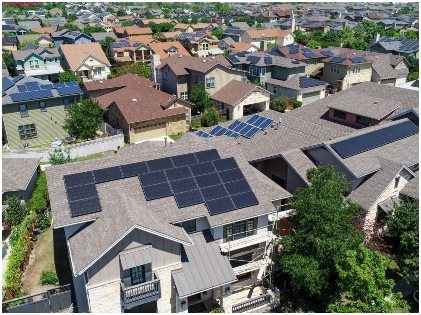 Not only you, local governments too are consumers and they require services and supplies to run a city properly. Local governments may draft eco-friendly purchasing policies to ensure the purchase does not leave a detrimental effect on the environment. For example, take the case of the Commonwealth of Massachusetts. Through its Environmentally Preferable Products Procurement Policy, authorities saved around $18 million in 2017 and $12 million in 2018.
Not only you, local governments too are consumers and they require services and supplies to run a city properly. Local governments may draft eco-friendly purchasing policies to ensure the purchase does not leave a detrimental effect on the environment. For example, take the case of the Commonwealth of Massachusetts. Through its Environmentally Preferable Products Procurement Policy, authorities saved around $18 million in 2017 and $12 million in 2018.
Organizations can create a positive outcome by promoting eco-friendly purchases and assist in achieving the government’s goal. Local governments can set the precedence or give priority to eco-friendly vendors for the procurement of goods and technologies. This way, governments can build a consensus among the city dwellers about responsible purchasing. The residents will also find it inspiring to be part of different state-run initiatives.
Setting Speed Limits
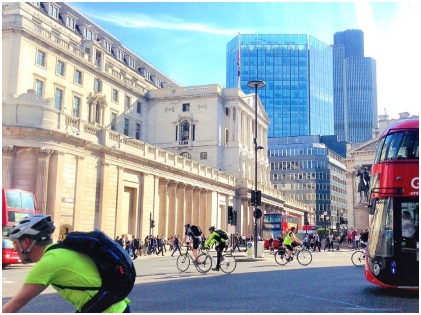 Speed limits are important for safety, health, and environmental factors across some of the biggest cities in the world. Controlling the speed by a few miles an hour would cause a considerable reduction in emissions. London-based research revealed that nitrogen dioxide and other PM10 emissions dropped drastically in small cars traveling at 20 mph, i.e. 32 km. Comparatively, emissions were much higher for cars which were driven at 30 mph or 48 kmph. Speed limits, when curbed strategically, also promote safety for pedestrians as well as those who are driving.
Speed limits are important for safety, health, and environmental factors across some of the biggest cities in the world. Controlling the speed by a few miles an hour would cause a considerable reduction in emissions. London-based research revealed that nitrogen dioxide and other PM10 emissions dropped drastically in small cars traveling at 20 mph, i.e. 32 km. Comparatively, emissions were much higher for cars which were driven at 30 mph or 48 kmph. Speed limits, when curbed strategically, also promote safety for pedestrians as well as those who are driving.
According to research, a slight increase in speed limits can be deadly. An individual has a 66% chance of meeting with an accident by a vehicle running at 30 mph. The probability is much less in a person who is hit by a vehicle running at a speed of 25 mph.
Each city has its architecture and character. The administrative bodies of the biggest cities of the world can embrace the perfect mix of environment-friendly practices that are easy on the budget. This would not just be beneficial for the environment but for the residents, too. It’s not easy to pay for environmental services, but a city and its people have to make small sacrifices for a greener future. A lot of cities are setting up environmental fees on their services which will then be used for preserving the environment. While we may not often notice the environmental changes as we go about our day, it’s important for us to be also self-aware of our actions and doing our part in doing less damage to our one and only planet.
More in Business & Investments
-
`
WWE SmackDown to Make a Comeback on USA Network in 2024
In a surprising twist, WWE’s Friday night staple, “SmackDown,” is bidding farewell to Fox and heading back to its old stomping...
November 24, 2023 -
`
Why Women Face Higher Out-of-Pocket Health Expenses
In healthcare, disparities persist, and a recent report from Deloitte underscores a significant financial gap between working women and men in...
November 18, 2023 -
`
Elon Musk vs Bill Gates: The Clash of Titans
In the realm of the world’s wealthiest individuals, a simmering rivalry has been captivating public attention. It’s not a clash of...
November 7, 2023 -
`
The Power Of Disconnecting
In our digitally driven age, where smartphones, tablets, and laptops have become extensions of ourselves, disconnecting might seem daunting. However, the...
October 31, 2023 -
`
JCPenney’s Bankruptcy: The End of an Era
JCPenney filed for bankruptcy in a move echoing the struggles of many retailers in the wake of the COVID-19 pandemic. This...
October 26, 2023 -
`
Reasons Why You Need a Financial Plan
Financial planning is not just for the wealthy or those nearing retirement. It’s a crucial tool for anyone seeking financial security...
October 19, 2023 -
`
How Brad Pitt Spends His Millions All Over the World
Brad Pitt, the charismatic Hollywood superstar, has left an indelible mark on the silver screen and made an impact in the...
October 10, 2023 -
`
Gen Z’s Posh Palate: The Unexpected Rise of Caviar Culture
Amid the backdrop of a digital era buzzing with viral dances, e-sports, and niche memes, there emerges a peculiar plot twist:...
October 7, 2023 -
`
Transform Your Retail Business With Social Media Mastery
If you’re a retail marketer posting your social media messages haphazardly, you might be missing out on prime opportunities to turn...
September 26, 2023










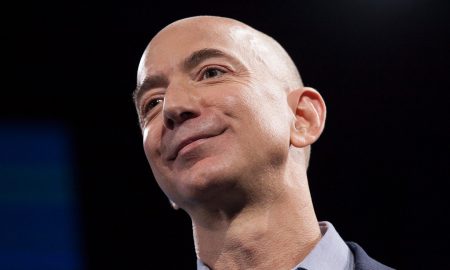
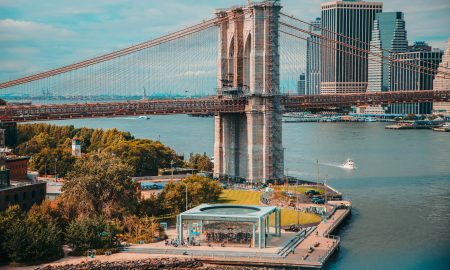



You must be logged in to post a comment Login